[ad_1]
In today’s article, we’ll introduce you to Moralis’ Why Did It Move API. With this industry-leading crypto price movement API, you can seamlessly query one-sentence explanations for why crypto tokens are pumping or dumping on a given day. As such, while other APIs tell you when coins increase or decrease in value, the Why Did It Move API also tells you why coins move. By integrating this data into your decentralized applications (dapps), you give users unparalleled market insight, allowing them to seamlessly answer questions like, ”Why did crypto go up today?” or ”Why did crypto crash today?”.
If you’re eager to get going and immediately want to explore how the Why Did It Move API works, then here’s a brief code example of how you call the https://wdim.moralis.io/api/v1/news endpoint:
// Dependencies to install: // $ npm install node-fetch --save // add "type": "module" to package.json import fetch from 'node-fetch'; const options = { method: 'GET', headers: { accept: 'application/json', 'Authorization': 'Bearer YOUR_API_KEY' }, }; fetch('https://wdim.moralis.io/api/v1/news', options) .then(response => response.json()) .then(response => console.log(response)) .catch(err => console.error(err)); Before running the script, replace YOUR_API_KEY with a valid Moralis API key. Once you execute the code, you’ll get a response looking something like this:
{ //… "page": "1", "result": { "id": 1, "token_address": "0x046eee2cc3188071c02bfc1745a6b17c656e3f3d", "token_symbol": "RLB", "token_name": "Rollbit Coin", "chain": "ETH", "change_in_percent": 11, "headline": "On-chain volume shows heavy wallets accumulating RLB, leading to an 11% increase today.", "time_of_price_movement": "2023-10-13T12:00:00.000Z", "movement": "Positive", "updated_at": "2021-10-11T00:00:00.000Z", "created_at": "2021-10-11T00:00:00.000Z" } //… } This response contains not only a change_in_percent parameter but also a headline parameter, which explains why the token pumped!
If you want to learn more about how this tool works, check out the official Why Did It Move API documentation, join us in this guide, or watch the Moralis YouTube clip below:
Overview – Why Did Crypto Go Up Today?
“Why did crypto go up today?” is a question many users within Web3 ask quite frequently, especially those interacting with DeFi platforms. Suppose you’re a Web3 developer seeking to build DeFi dapps or any other Web3-related platform. In that case, it would be extremely beneficial if you could provide users with an answer to the “Why is crypto going up?” question. Fortunately, in today’s article, we’ll look into how you can accomplish this!
We’ll kickstart today’s article by exploring why you should keep your users informed about why cryptocurrencies are pumping and dumping. From there, we’ll introduce you to Moralis’ Why Did It Move API. In doing so, we’ll explain what it does, how it works, and why you should use this API when building dapps to provide market insights. Next, we’ll explore an early success story, covering how Delta uses Moralis to keep its users engaged. Lastly, to top things off, we’ll dive a bit deeper into Moralis to explore some additional tools that work perfectly together with the Why Did It Move API!
Moralis is an industry-leading Web3 API provider, and with our dynamic toolset, you can seamlessly fetch and integrate on-chain data into your projects with only single lines of code. As such, when working with our APIs, you can build everything from wallets to portfolio trackers without breaking a sweat.

Also, did you know you can sign up with Moralis for free? So, if you haven’t already, create an account today so you can start building dapps faster and more efficiently!
Why Did Crypto Go Up Today?
The cryptocurrency market is highly volatile, with coins regularly pumping and dumping on a daily basis. These extreme conditions make it hard for traders to monitor and understand the market, especially for those not engaged in cryptocurrency trading full-time. This leaves most casual traders pondering questions like, ”Why did crypto go up today?”. Therefore, if you’re building decentralized exchanges, crypto wallets, portfolio trackers, or any other decentralized finance (DeFi) platform, it’s important to keep users informed about significant price fluctuations.

While conventional crypto price APIs – like Moralis’ Price API – give you real-time data on when a coin’s price changes, they typically fall short of revealing any information as to why the price action was triggered.
So, how can you give users more market insight?
Well, your easiest option is Moralis’ Why Did It Move API!
The Why Did It Move API allows you to access key digital currency price triggers, offering explanations for the price action of cryptocurrencies. With this information, you can offer users unparalleled market insight into why crypto tokens jump/spike or drop in value. In return, you’ll be able to significantly boost user engagement and provide your platform a competitive edge.
To explain this further, let’s explore the Why Did It Move API in the next section!
Moralis’ Why Did It Move API – Query Digital Currency Price Triggers
The Why Did It Move API is a game-changing tool within the Web3 development space. It allows you to seamlessly query one-sentence explanations to questions such as “Why did crypto go up today?”. Consequently, it not only gives you the tools to serve your customers with information on when the value of cryptocurrencies increases or decreases but also an explanation for why the price actions occurred!
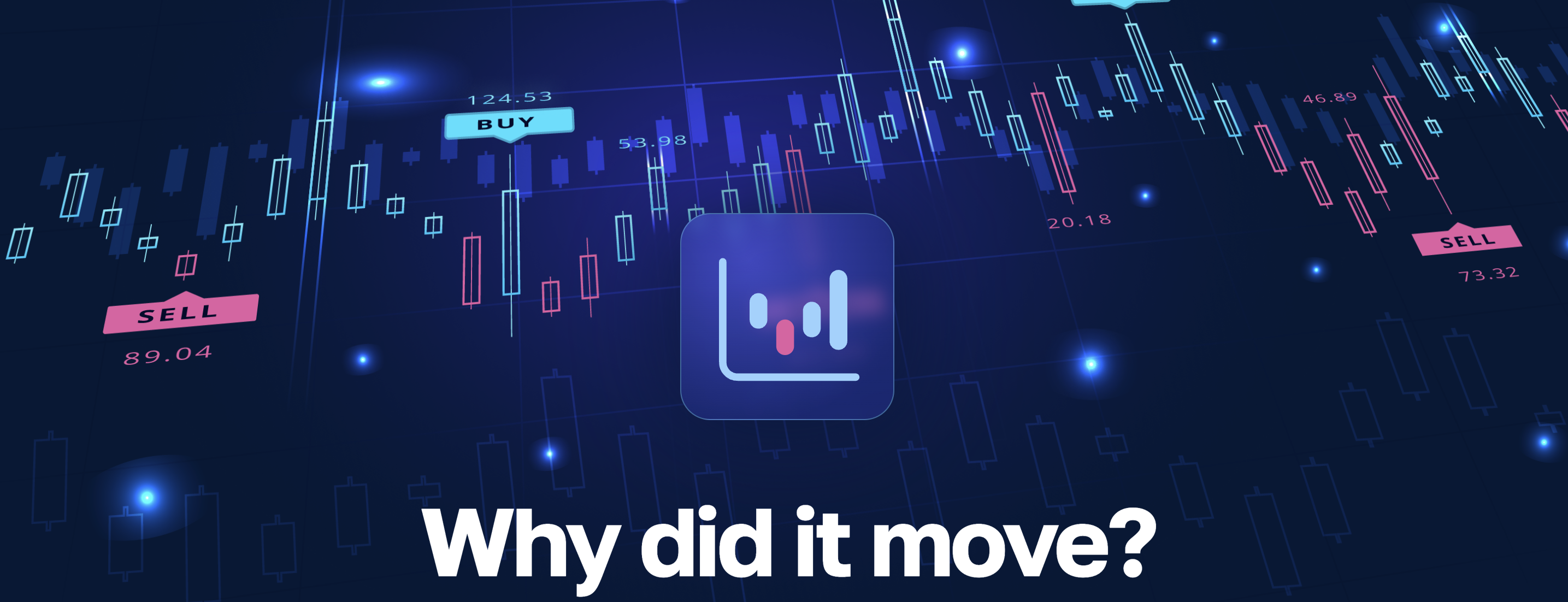
So, how does the Why Did It Move API work?
The Moralis system behind the Why Did It Move API continuously monitors 100+ of the industry’s most significant cryptocurrencies. Once a substantial increase/decrease in a coin’s price is detected, it immediately notifies our in-house team of expert analysts. From there, they scour the news for events that might have triggered the price action in question. If they find a match, they quickly type up a sentence summarizing why the coin is pumping or dumping.
From there, you can query these digital currency price triggers to send real-time notifications to your users. In doing so, you’ll give them unparalleled market insight, allowing your users to seamlessly answer questions like, ”Why did crypto go up today?” or ”Why did crypto crash today?”.
To show you what it might look like, here are three examples of notifications set up using the API:
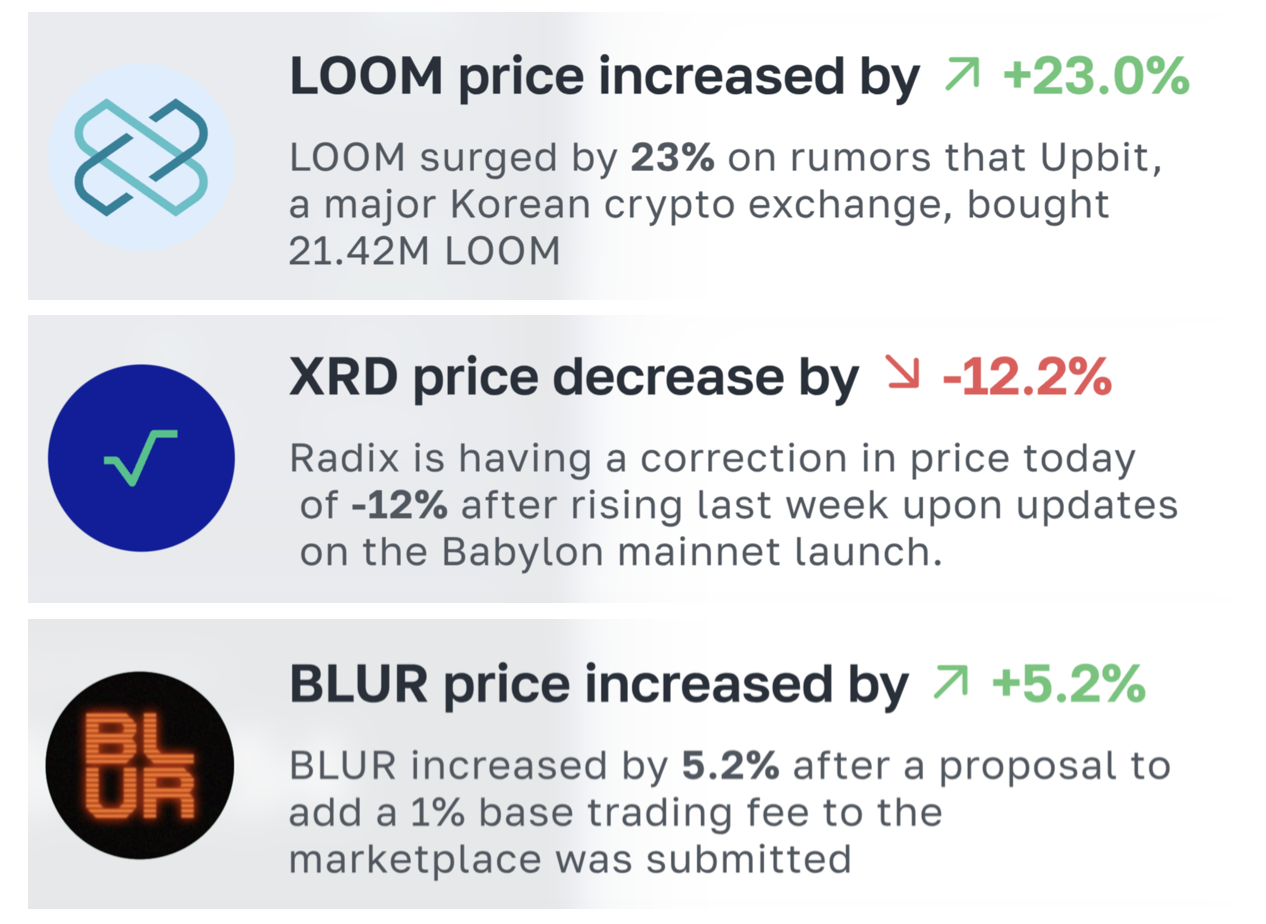
Integrating this functionality into your platforms can boost engagement, improve user value, and provide your projects with a competitive advantage!
Why You Want to Use the Why Did It Move API
There are many reasons why you’ll love our API, and in this section, we’ll cover a few prominent examples:
- Set Up Notifications: With access to real-time data, you can leverage the Why Did It Move API to set up highly engaging notifications answering questions like, “Why did crypto go up today?”. This will give your users unparalleled market insight, as they get not only information about when the market moves but also an explanation for why crypto tokens jump/spike or drop in value.
What’s more, the Why Did It Move API is fully compatible with all push notification systems, making it easy to integrate this data into your dapps!
- Fetch Historical Data: Our API also provides access to historical digital currency price triggers for all supported coins. This information allows you to seamlessly add chronological timelines of important events or create a news feed for specific coins.
- Get a Competitive Edge: Most DeFi dapps on the market today only notify users when the price of a crypto token is pumping or dumping. So, by using the Why Did It Move API, you can give your users an edge as they get unique market insight into why a coin is moving. This will make your platform stand out, providing you with a clear competitive advantage that can attract and retain users.

Now, with an overview of our API, let’s explore how to use this tool when building dapps!
Tutorial: How to Use The Why Did It Move API to Find Out Why Crypto Went Up Today
Thanks to the accessibility of the Why Did It Move API, you can seamlessly query digital currency price triggers for why tokens are pumping or dumping with only a single call. To showcase how this works, here’s an example of how you call the https://wdim.moralis.io/api/v1/news endpoint:
// Dependencies to install: // $ npm install node-fetch --save // add "type": "module" to package.json import fetch from 'node-fetch'; const options = { method: 'GET', headers: { accept: 'application/json', 'Authorization': 'Bearer YOUR_API_KEY' }, }; fetch('https://wdim.moralis.io/api/v1/news', options) .then(response => response.json()) .then(response => console.log(response)) .catch(err => console.error(err)); Before running the script above, you must replace YOUR_API_KEY with your actual key. Once you execute the code, you’ll get a response looking something like this:
{ //… "page": "1", "result": { "id": 1, "token_address": "0x046eee2cc3188071c02bfc1745a6b17c656e3f3d", "token_symbol": "RLB", "token_name": "Rollbit Coin", "chain": "ETH", "change_in_percent": 11, "headline": "On-chain volume shows heavy wallets accumulating RLB, leading to an 11% increase today.", "time_of_price_movement": "2023-10-13T12:00:00.000Z", "movement": "Positive", "updated_at": "2021-10-11T00:00:00.000Z", "created_at": "2021-10-11T00:00:00.000Z" } //… } As you can see above, the response includes both a change_in_percent parameter and a headline parameter. This gives you a clear indication as to why the price is increasing.
With this data, you can effortlessly set up engaging notifications, allowing your users to instantly answer questions like, ”Why did crypto jump/spike today?” or ”Why did crypto crash today?”. This information provides a more in-depth view of the market, enabling your users to make investment decisions more comfortably.
To learn more about how this works, check out the official Why Did It Move API documentation page!
Why Did It Move API Success Story: Delta
One of the first platforms to integrate Moralis’ Why Did It Move API is Delta – an industry-leading portfolio tracker. With Delta, you can seamlessly track all your cryptos, NFTs, stocks, and other digital assets in one place. As such, this app gives you a clear overview of all your finances across multiple industries!
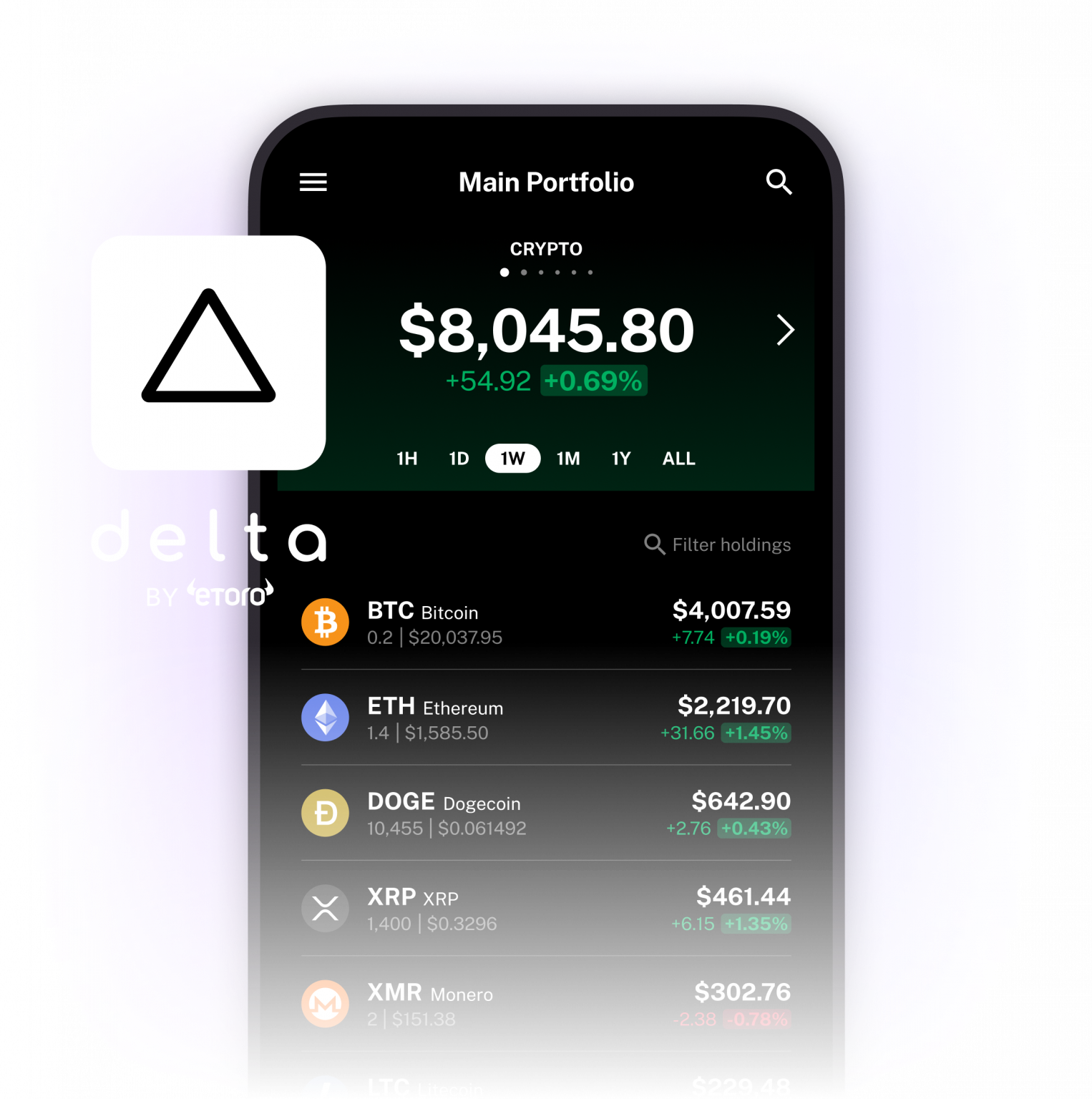
But how is Delta using the Why Did It Move API?
Delta uses Moralis to give their users real-time and historical explanations for why cryptocurrencies are increasing or decreasing in price. Consequently, by using Delta, investors get an immediate answer to questions such as, ”Why did crypto jump/spike today?” or “Why did crypto crash today?”. This has proven to be a valuable and super popular feature for Delta users.
In return for providing this feature, Delta has been able to increase the value of its Pro subscription plan. Not only that, Delta has also been able to provide a more seamless and engaging user experience.
If you also want to improve the value of your product offering, check out the Why Did It Move API!
Exploring Moralis’ Web3 APIs
In addition to the Why Did It Move API, Moralis offers a complete suite of other industry-leading Web3 development tools. So, in this part of the article, we’ll dive deeper into Moralis!
Moralis is the industry’s premier Web3 API provider. In our suite of tools, you’ll find interfaces like the Price API, Wallet API, Token API, etc. These APIs provide industry-leading response times and enable you to reduce your projects’ average go-to-market time by about 83%! What’s more, all of these APIs are cross-chain compatible! So, when using Moralis, it has never been easier to build Web3 projects!
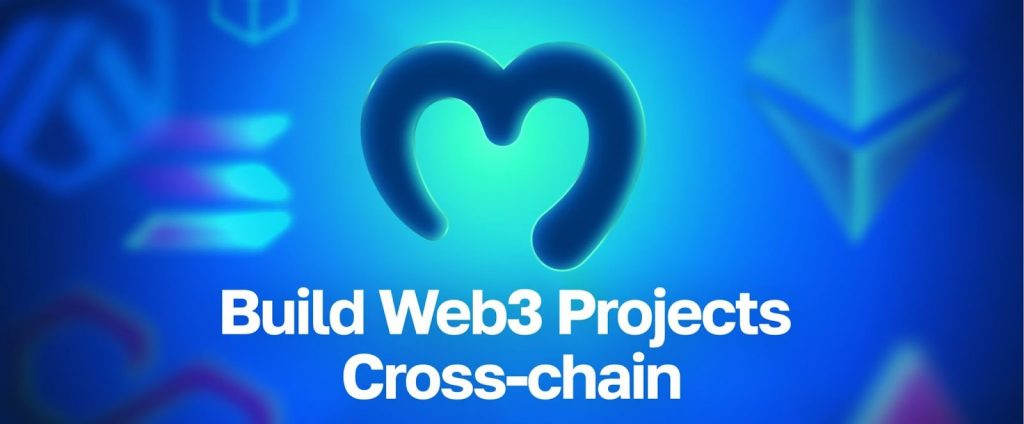
To give you a little sneak peek of what’s possible with Moralis, let’s explore three of our prominent APIs:
- Price API: The Price API is the industry’s most complete crypto-price interface. With only single lines of code, you can fetch the current price of any token, make batch requests, etc. Here’s an example of the
getTokenPrice()endpoint in action:
const response = await Moralis.EvmApi.token.getTokenPrice({ "chain": "0x1", "address": "0x7d1afa7b718fb893db30a3abc0cfc608aacfebb0" }); - Token API: The Token API is the ultimate tool for ERC-20 token data. With this API, you can fetch and integrate token prices, transactions, metadata, and more into your dapps. For instance, with the
getTokenMetadata()endpoint, you can seamlessly get the metadata of any fungible token:
const response = await Moralis.EvmApi.token.getTokenMetadata({ "chain": "0x1", "addresses": [ "0x7d1afa7b718fb893db30a3abc0cfc608aacfebb0" ] }); - Wallet API: The Wallet API is the perfect tool for anyone looking to integrate wallet functionality into their dapps. With only single calls, you can use this API to get native balances, NFTs, transactions, etc., of any wallet. For example, use the
getNativeBalance()endpoint to fetch the native balance of an address:
const response = await Moralis.EvmApi.balance.getNativeBalance({ "chain": "0x1", "address": "0xDC24316b9AE028F1497c275EB9192a3Ea0f67022" }); Check out the official Moralis Web3 API page to explore all our interfaces! Also, are you aware that you can access the tools above for free? Simply sign up with Moralis, and you’re ready to go!
Summary: Why Did Crypto Go Up Today?
The crypto market is highly dynamic, with tokens regularly pumping and dumping. These conditions make it challenging for investors to understand the market, especially if they aren’t full-time in crypto. Consequently, if you’re building DeFi platforms, you can bring a lot of value to your product by giving users answers to questions like, ”Why did crypto jump/spike today?”.

With Moralis’ Why Did It Move API, you can now seamlessly query digital currency price triggers for why crypto coins jump/spike or drop in value. As such, with this tool, you can easily integrate functionality into your dapps that not only tell users when a coin is pumping or dumping but also why the coin’s price is changing.
This ground-breaking Web3 development tool allows you to seamlessly integrate features like push notifications that answer questions such as, ”Why did crypto jump/spike today?” or “Why did crypto crash?”. This will give your users unparalleled market insight, which, in turn, increases engagement and maximizes the value of your product!
If you liked this guide, please feel free to read more content here on Moralis. For instance, learn how to index blockchain data or check out our complete list of DEXs.
Also, if you want to build projects faster and more efficiently, don’t forget to join Moralis. You can register an account for free, and you’ll get immediate access to all our industry-leading Web3 APIs!
[ad_2]
Read More: moralis.io

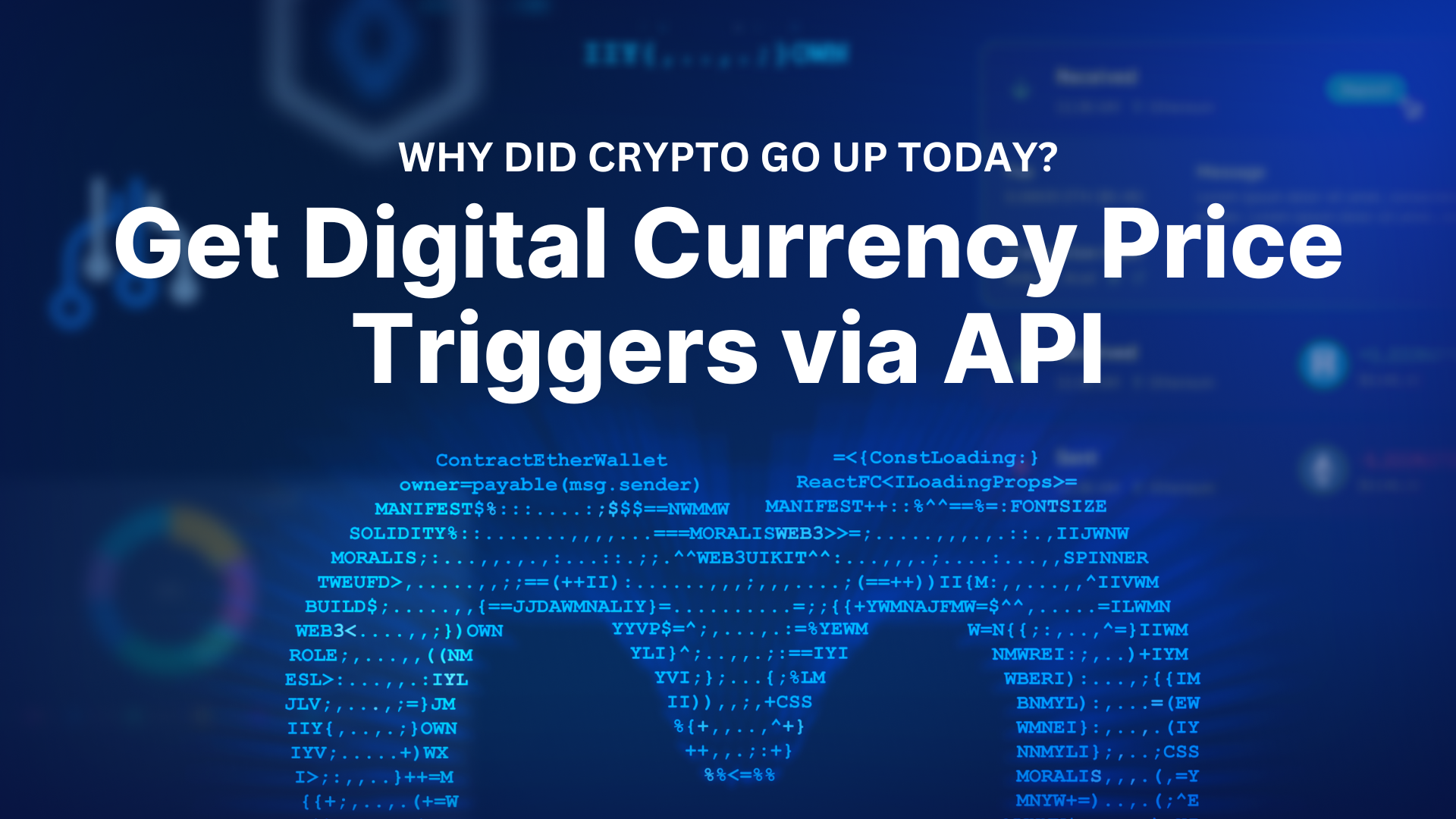







 Bitcoin
Bitcoin  Ethereum
Ethereum  Tether
Tether  XRP
XRP  Solana
Solana  USDC
USDC  TRON
TRON  Dogecoin
Dogecoin  Lido Staked Ether
Lido Staked Ether  Cardano
Cardano  Wrapped Bitcoin
Wrapped Bitcoin  Hyperliquid
Hyperliquid  Wrapped stETH
Wrapped stETH  Sui
Sui  Bitcoin Cash
Bitcoin Cash  Chainlink
Chainlink  LEO Token
LEO Token  Stellar
Stellar  Avalanche
Avalanche  Toncoin
Toncoin  WhiteBIT Coin
WhiteBIT Coin  USDS
USDS  Shiba Inu
Shiba Inu  WETH
WETH  Wrapped eETH
Wrapped eETH  Litecoin
Litecoin  Binance Bridged USDT (BNB Smart Chain)
Binance Bridged USDT (BNB Smart Chain)  Hedera
Hedera  Monero
Monero  Ethena USDe
Ethena USDe  Polkadot
Polkadot  Bitget Token
Bitget Token  Coinbase Wrapped BTC
Coinbase Wrapped BTC  Uniswap
Uniswap  Pepe
Pepe  Pi Network
Pi Network  Aave
Aave  Dai
Dai  Bittensor
Bittensor  Ethena Staked USDe
Ethena Staked USDe  BlackRock USD Institutional Digital Liquidity Fund
BlackRock USD Institutional Digital Liquidity Fund  OKB
OKB  Aptos
Aptos  Cronos
Cronos  Internet Computer
Internet Computer  NEAR Protocol
NEAR Protocol  Jito Staked SOL
Jito Staked SOL  sUSDS
sUSDS  Ethereum Classic
Ethereum Classic